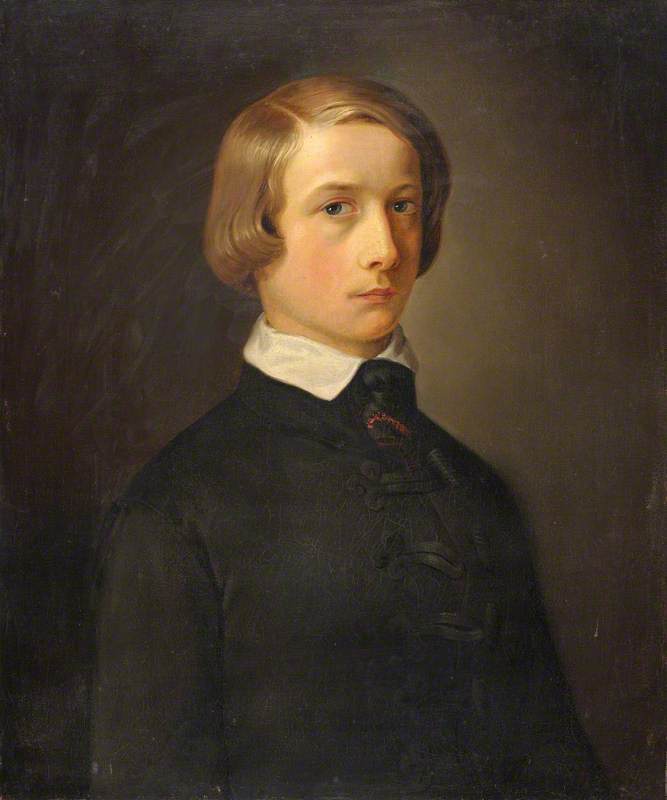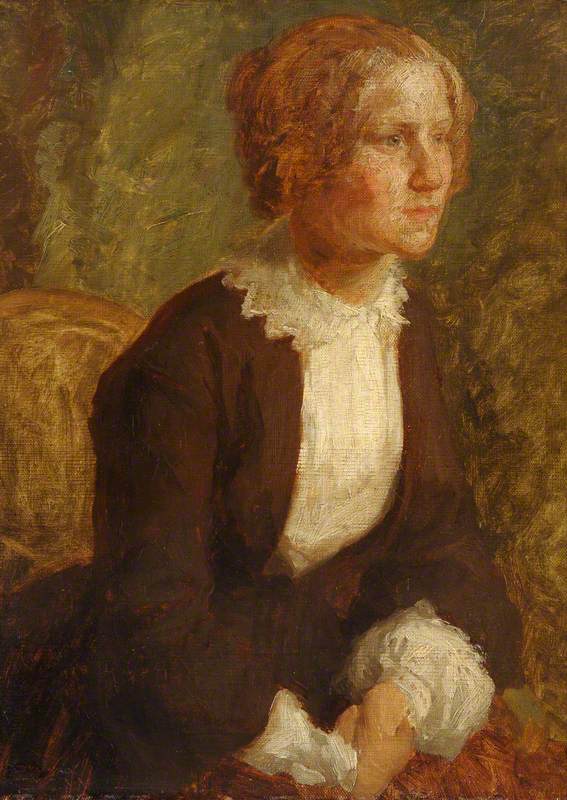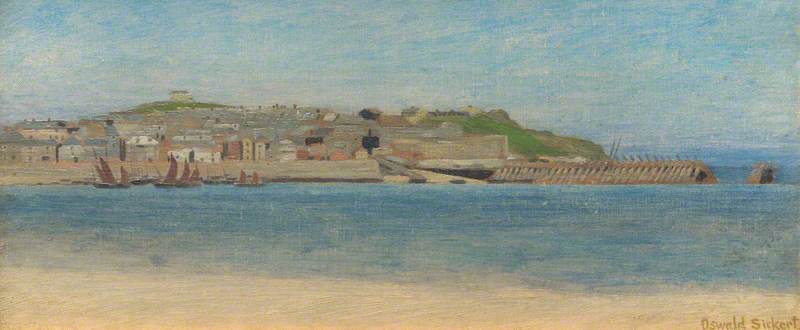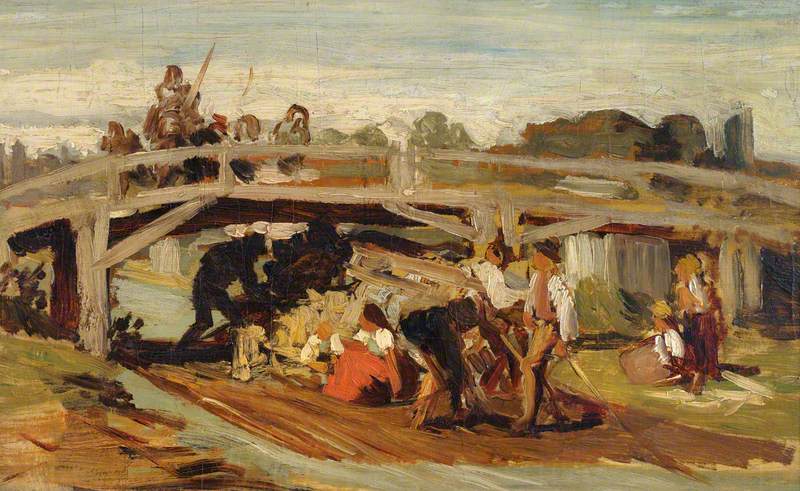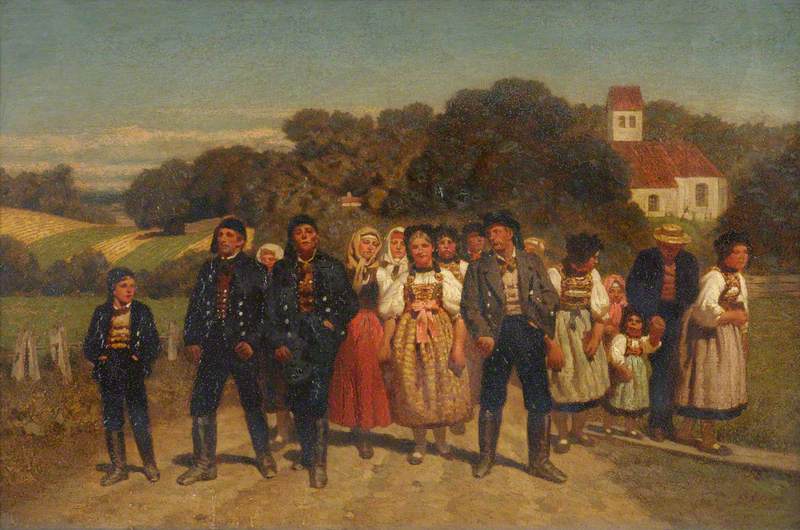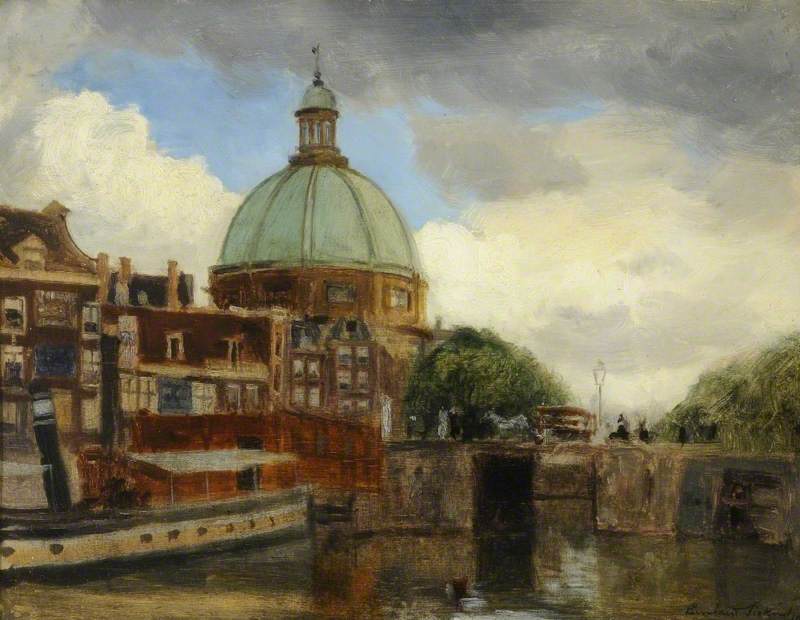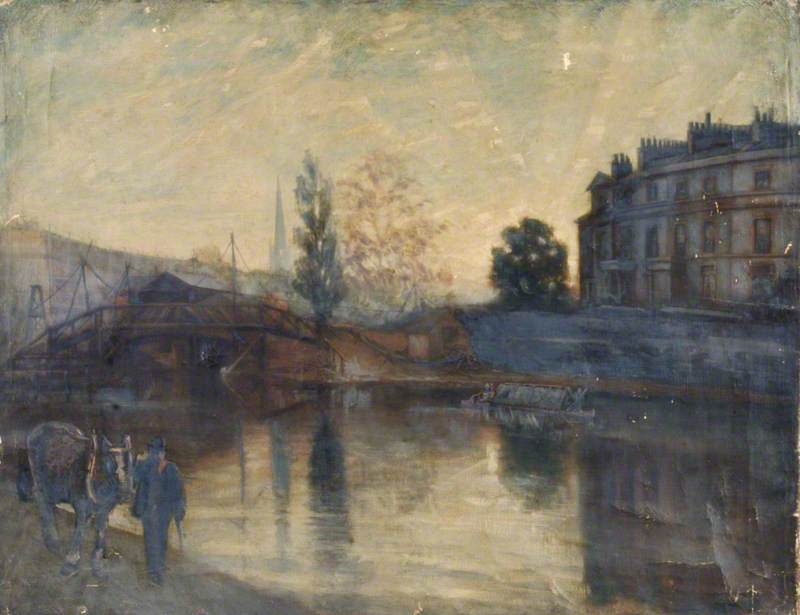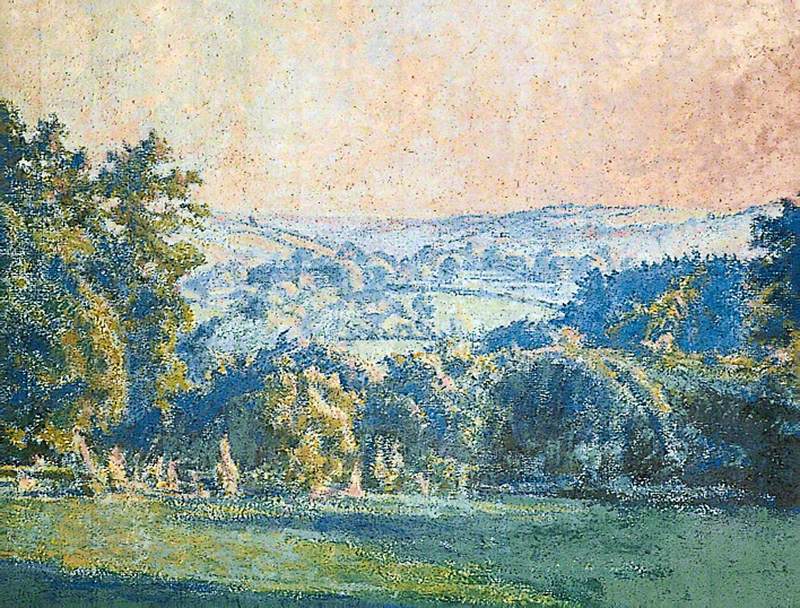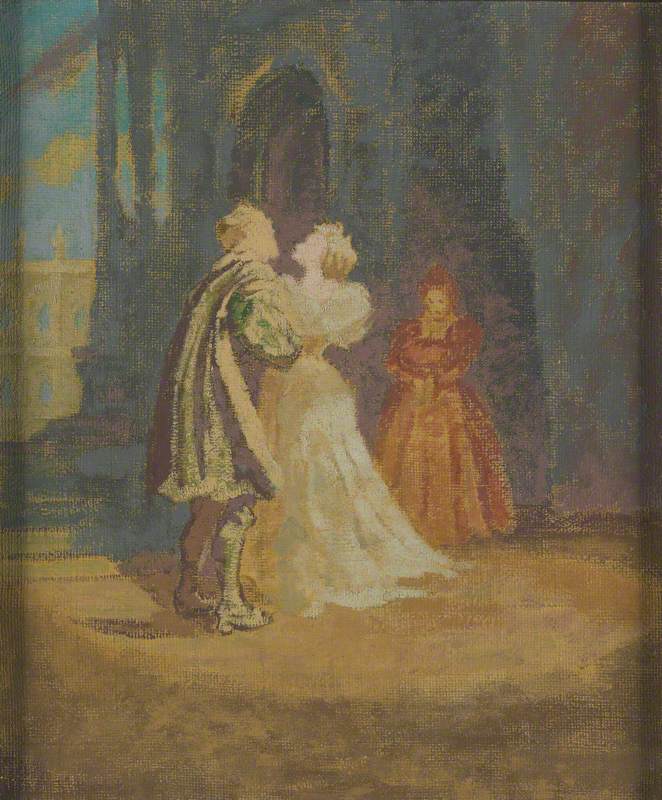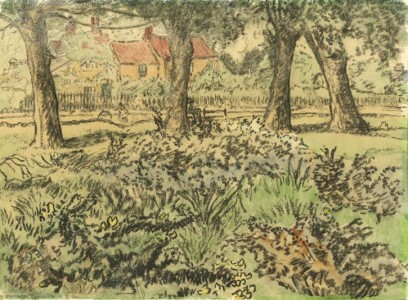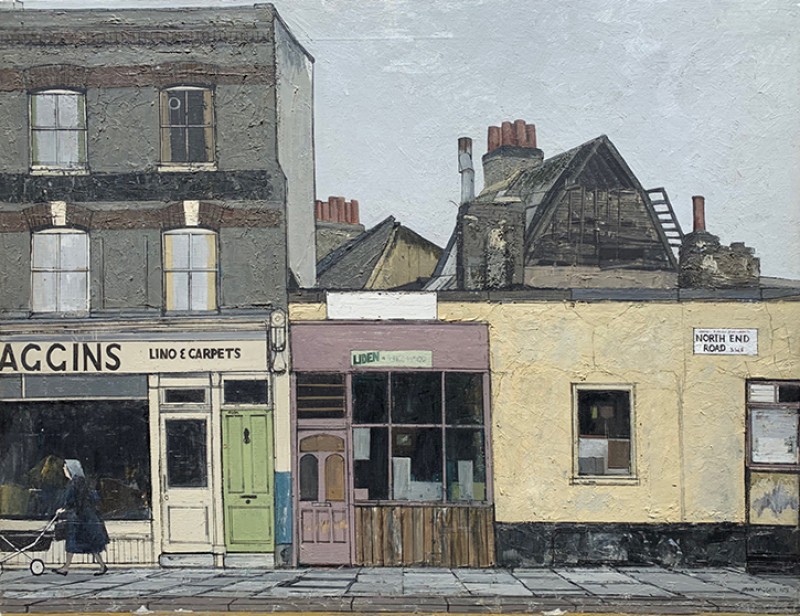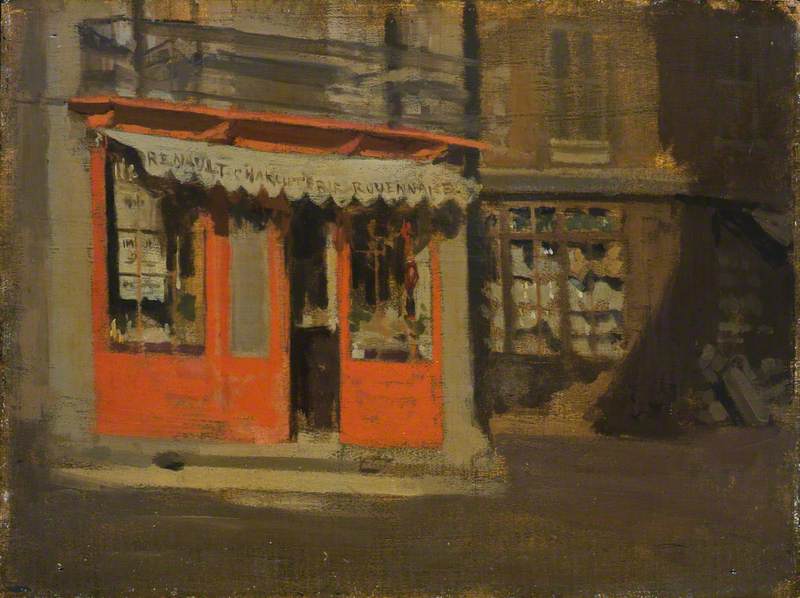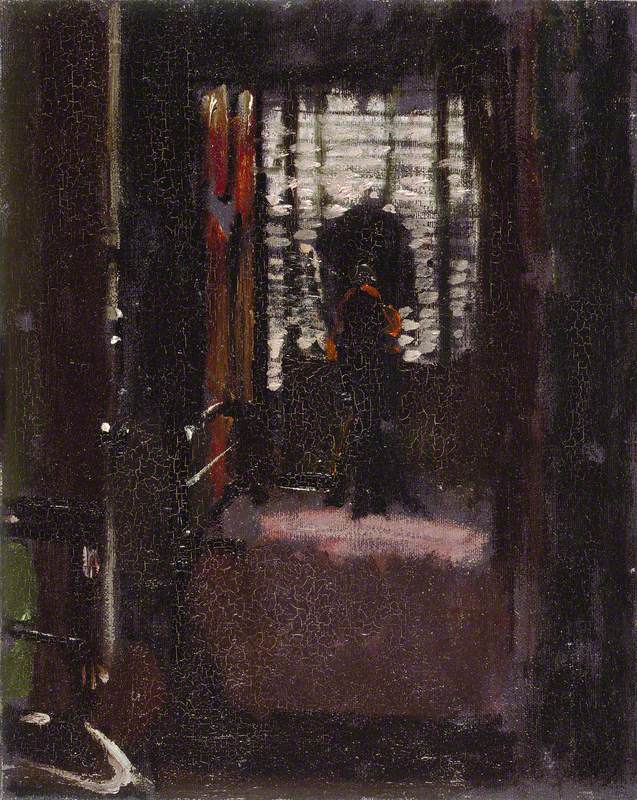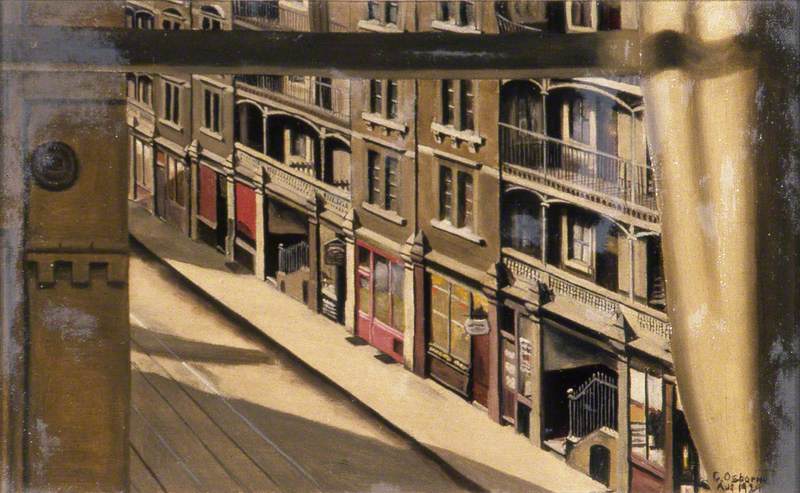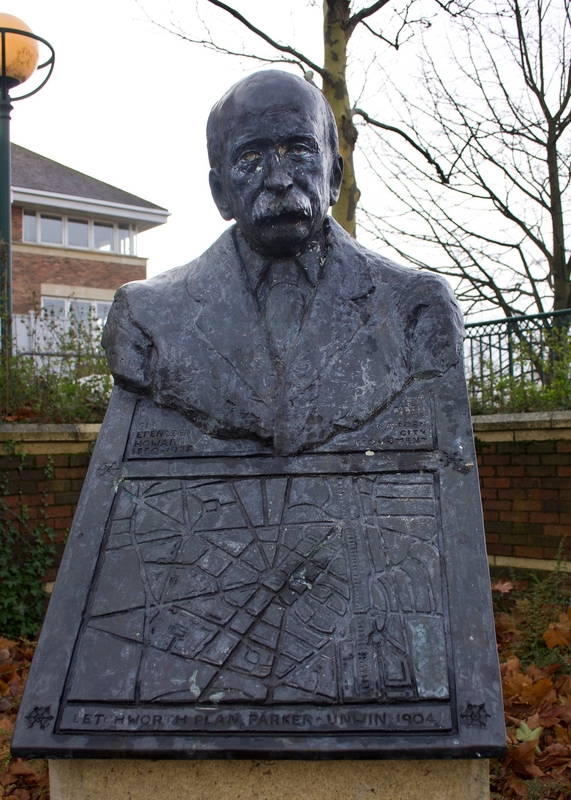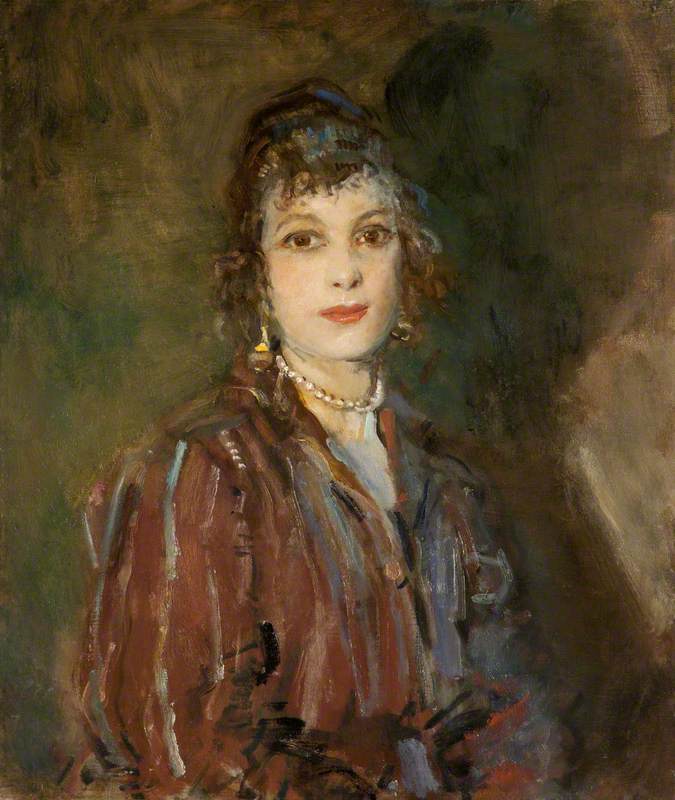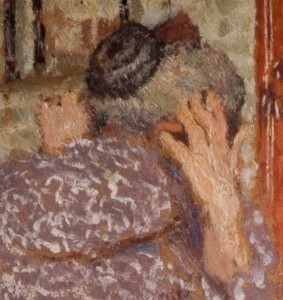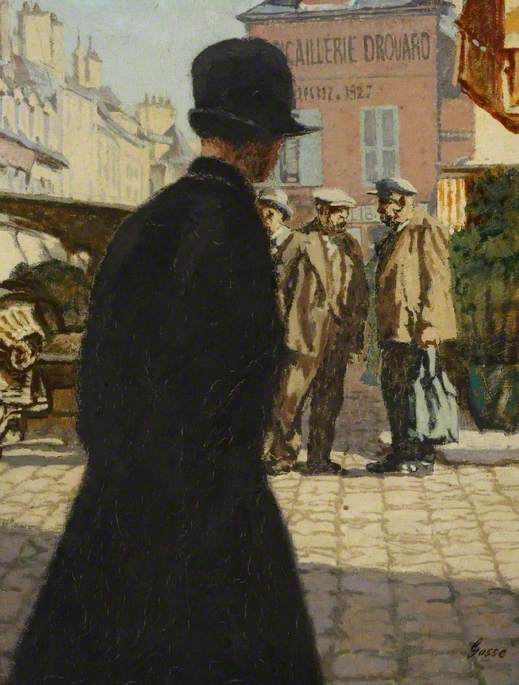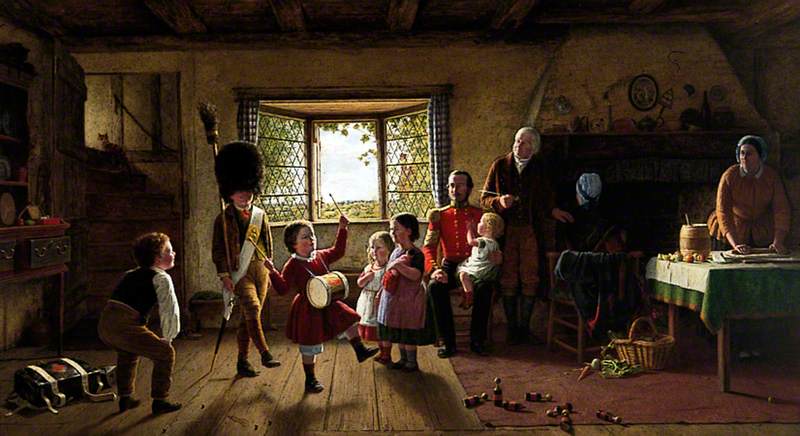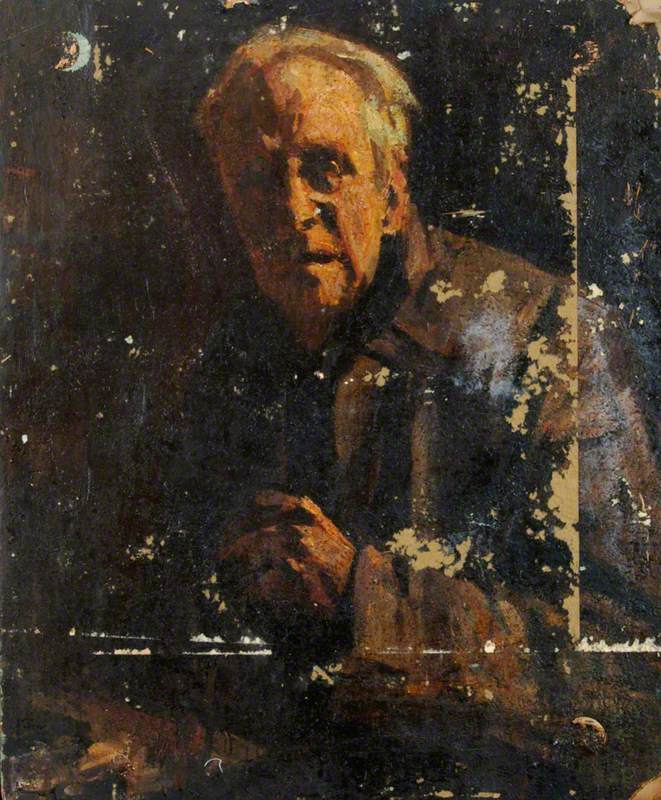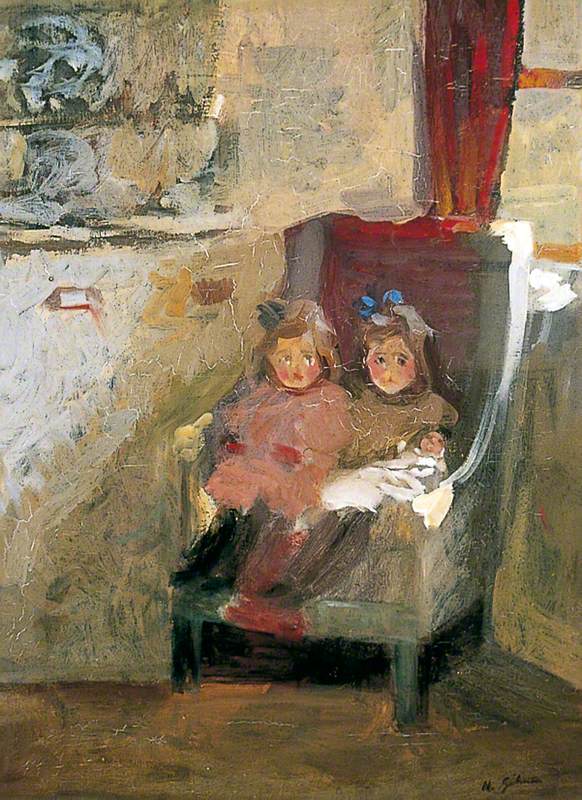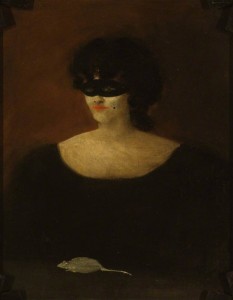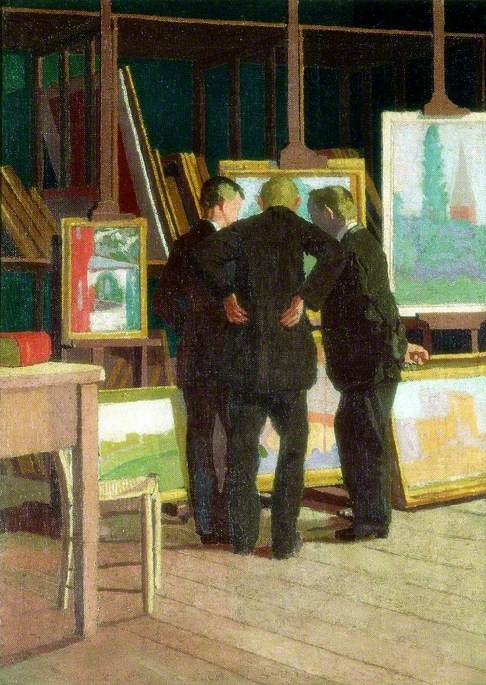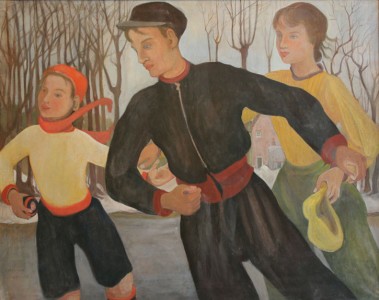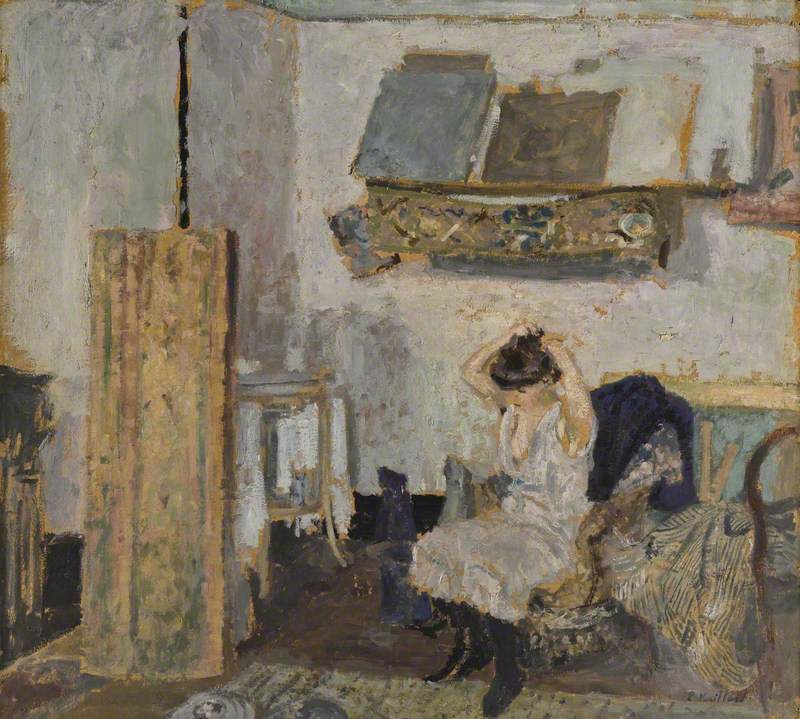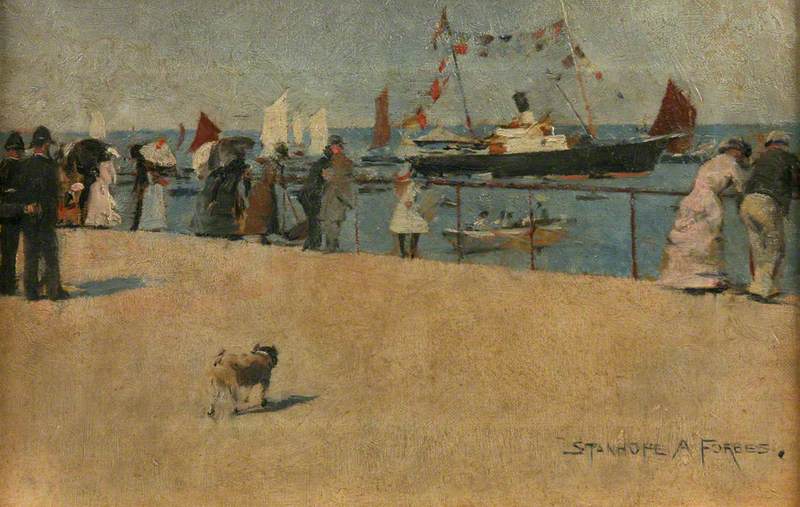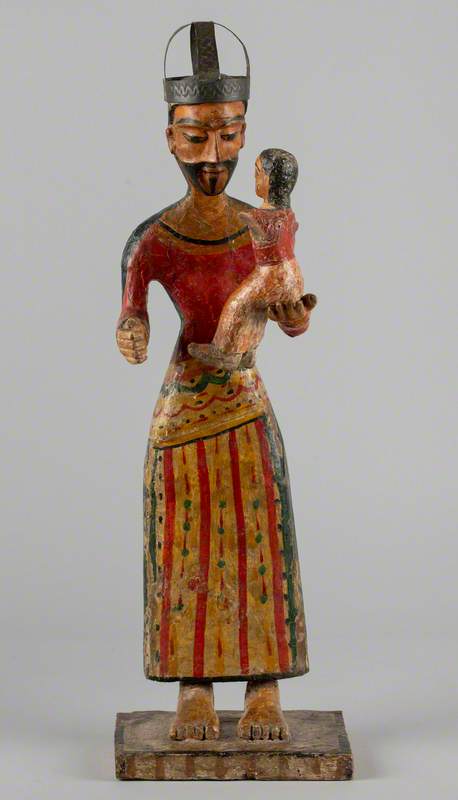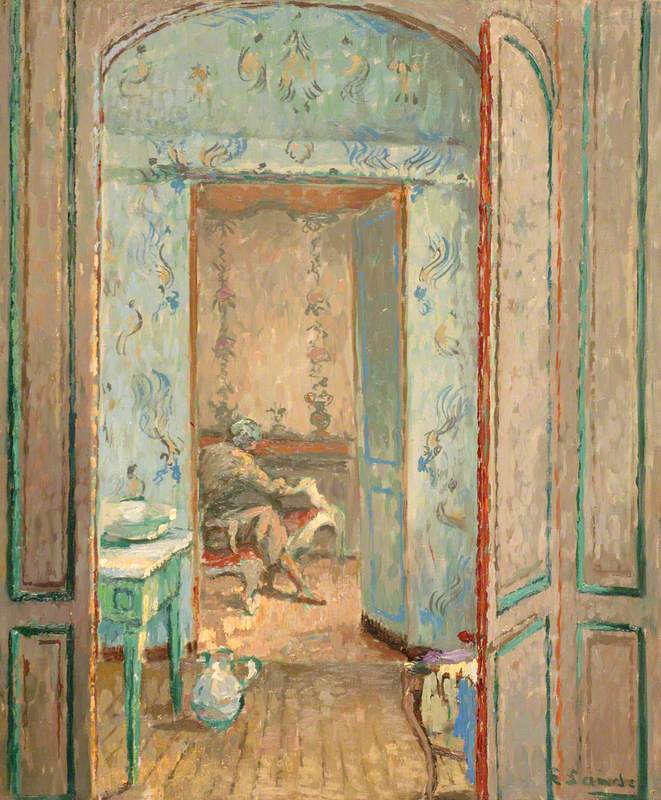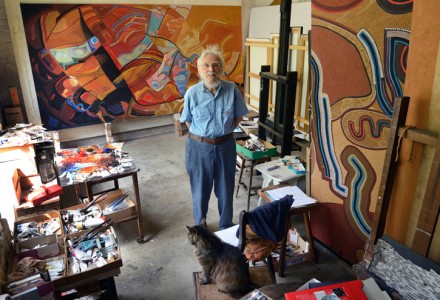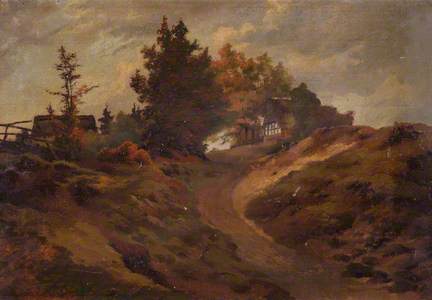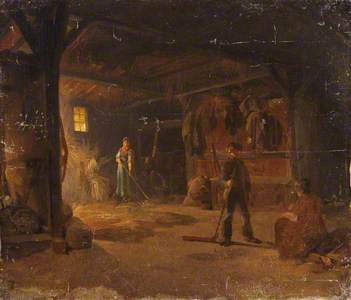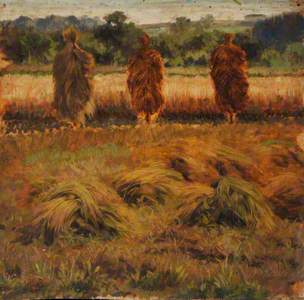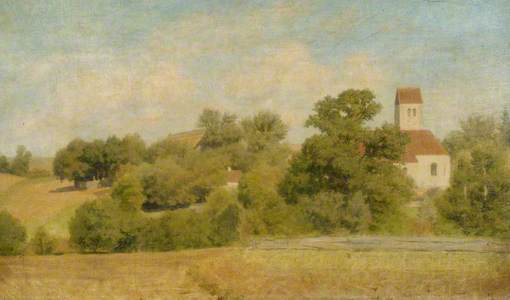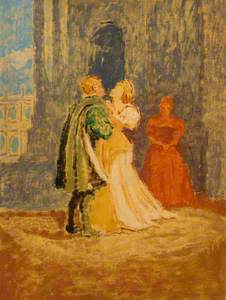Walter Richard Sickert was the most prodigiously creative and influential British artist of the early twentieth century. I spent months – if not years – writing letters to public collections throughout the United Kingdom to ask whether they own works by him, and if so which.
Thanks to the Art UK database, this kind of prelude to research is now redundant. A click of a mouse finds all publicly owned Sickert paintings in the UK. We can also wander down the byways to explore the artists to whom he was related through birth or marriage.
Sickert's paternal grandfather, his father and one of his younger brothers were all professional artists. His grandfather, the Danish easel painter Johann Jurgen Sickert, was employed at the court of King Christian VIII of Denmark.
Walter's father, the painter and illustrator Oswald Adalbert Sickert, was born in Altona, then within the Danish protectorate of Schleswig-Holstein which, in 1866, was ceded to Prussia. Two years later, Oswald left Munich (where Walter Richard had been born) to settle with his family in England.
Scholars have always known that the first place to look for works by the Sickert family is Islington (at the Islington Local History Centre and Museum) because the Sickert Trust, created to oversee the distribution to public collections of the contents of his studio, gave to Islington Council Walter Sickert's archives, a few relatively slight examples of his drawings and paintings, a fine selection of his prints, and paintings by his family.
The Art UK database allows us to discover, besides two landscapes by Johann Jurgen Sickert in Islington, a third painting by him, Hay Stooks in a Meadow, in Portsmouth City Museum.
Islington has seven paintings by Oswald Sickert, all interesting. There are three family portraits (one possibly of Walter).
Robert (or Walter) Sickert as a Child
Oswald Adalbert Sickert (1828–1885) 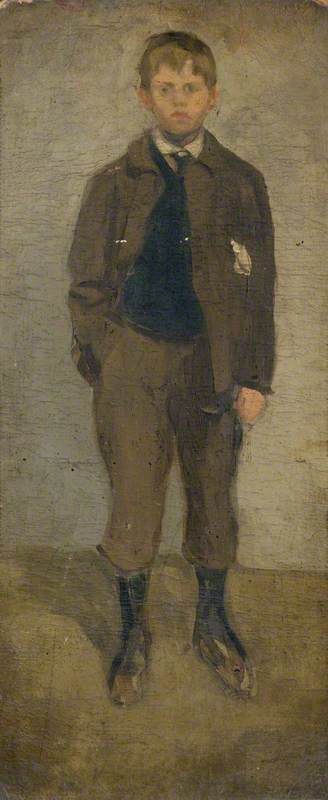
There is a Harbour Scene probably painted on the Normandy coast where Oswald and his family often spent the summer.
Raft on the Isar, a bold, experimental sketch in chunky slashes of paint which suggests the influence of Courbet, whose painting Oswald Adalbert had admired when he studied in Paris in 1852.
The last two paintings are very different in style and presumably date.
One is a fresh and light-toned landscape without figures called Dachau; the other, a heavier and more awkward painting called Schleswig-Holstein, which includes a frieze of peasant figures walking toward the spectator.
With these images juxtaposed and accessible for the first time on screen it is immediately apparent that they show the same location. Which title correctly identifies the setting is open to debate. Dachau is the more probable because, before its twentieth-century reincarnation as a place of horror, it was a pleasant Bavarian country village just 20 kilometres from Munich where Oswald studied, lived and worked on-and-off from 1846 until 1868. Perhaps a keen Art Detective will establish the answer by recognising the distant church.
Bernard Sickert, like his elder brother Walter, was born in Munich. As a young man, despite his retiring character and well-known laziness, his reputation as an artist was not much inferior to that of his older brother. He was, with Walter, one of the group of 10 who exhibited together as 'London Impressionists' at the Goupil Gallery in 1889. He and his brother held a two-man show at The Dutch Gallery in London in 1895.
But then life became a struggle as drink and drugs took hold. In later years pastel rather than oil became his preferred medium. However, besides the six in Islington, Art UK has found three oil paintings in public collections (in Bath, Sheffield and Portsmouth).
Information about Bernard's life is sparse, but the paintings, all landscapes, recorded on the database prove he worked in France, in Amsterdam and in Lincoln.
The first of Walter Sickert's wives was a writer; the second a talented embroideress; the third was the painter Thérèse Lessore, who herself came from a family of European artists.
Portrait of a Woman – Thérèse Lessore
c.1927
Walter Richard Sickert (1860–1942) 
There are over 50 paintings by Lessore from over 30 public collections on the Art UK database. Only a few were painted before 1926, when Lessore and Sickert married. From then onwards the subjects on their doorstep in London, Thanet and Bath, were the same; they enjoyed a shared interest in the stage, whether music hall, circus or classical theatre; they worked from the same photographs. With so much in common, their paintings are strikingly similar.
During the last 10 years of his life, Sickert supervised a studio not much different from that of the Old Masters – or of Damien Hirst for that matter. Working under Sickert's direction Lessore, together with other friends and disciples, often executed pictures signed by Sickert.
Lessore's Swainswick Valley, Bath in Worthing Art Gallery is identical to Bathampton, one of Sickert's last paintings, in every respect except the colours used. Both were clearly based on the same photograph taken from the back of their house in Bathampton.
There are two theatrical scenes, one by Lessore in Islington and one ostensibly by Sickert that was in the Fogg Art Museum at Harvard University, but has since been acquired by the Yale Center for British Art.
'The Taming of the Shrew'
1945
Thérèse Lessore (1884–1945) 
Each reflects the same scene on stage, but the Lessore had been identified as a scene from The Duchess of Malfi performed at the Haymarket Theatre in 1945, the Sickert as a scene from The Taming of the Shrew, at the New Theatre in 1937.
Peggy Ashcroft was not only in the cast of the New Theatre production: she was a friend of Sickert and the first owner of the painting. In 1981, when the painting was included in the 'Late Sickert' exhibition at the Hayward Gallery, she declared that Lessore, not Sickert, painted it. It is indeed entirely possible that Lessore painted two, virtually identical versions; or that Ashcroft confused the Lessore now in Islington with the Sickert now at Yale. The Lessore on the Art UK has now be retitled The Taming of the Shrew.
In short, the images collected and collated by Art UK afford scholars and amateurs endless entertainment and information.
Dr Wendy Baron, author of Sickert: Paintings and Drawings
Editor's note: Since Dr Baron submitted this article to Art UK, we have been in touch with Islington Local History Centre and Museum regarding the title of Lessore's work Scenes from 'The Duchess of Malfi', Performed at the Haymarket Theatre, discussed above. This has now been updated to 'The Taming of the Shrew'. Please note there are also two other works by Lessore also entitled Scenes from 'The Duchess of Malfi', Performed at the Haymarket Theatre.


